An iconic landmark that is both the highest and sacred point in the whole of Japan. Named after Fuchi, the Buddhist fire goddess and sacred to the Shinto goddess Sengen-Sama whose shrine is found at the summit, this is recognised as the very symbol and emblem of Japan. With more than a million tourists flock to see the majestic and almost perfectly symmetrical peak every year. From visiting surrounding towns and temples to climbing to Fuji’s summit, visiting this iconic natural landscape must be on everyone’s bucket list!

About Mount Fuji ⛰️🇯🇵🌸
Mount Fuji (Fujisan) is the highest peak in the Fuji volcanic chain in central Japan, the second-highest volcano located on an island in Asia and the seventh-highest peak on an island on Earth. Fuji is one of the country's most iconic symbols and is located in Yamanashi and Shizuoka ken of central Honshu, just 60 miles west of Tokyo, making this a must for your bucket list when starting off or finishing your trip to the Japanese capital.
Mt. Fuji has long been a site of spiritual importance and a source of artistic inspiration and, in recent years, a UNESCO heritage site that is a tourist hotspot for avid adventurers and a plethora of professional mountaineers. The mountain was formed over 100,000 years ago from repeated volcanic eruptions that gradually formed the iconic landmark we know today. In addition to the formation of Fuji, this volcanic activity formed Hoeizan (one of Fuji's secondary peaks), the five lakes at the mountain's base, and numerous caves near Aokigahara Forest. All beautiful and naturally rich with biodiversity, perfect for exploring and hiking.
When is best to visit Mount Fuji ⛅⛰️
Dreaming of visiting Fuji to get a personal postcard view of the gorgeous peak and its surroundings? Well, Fuji isn’t always visible due to high levels of fog, but there are ways to try and avoid this to ensure you get the best view and experience.
Recommended times to visit Fuji are on clear and sunny days with mild temperatures. This means that visitors should plan their trip to the region in the months of November to February. Whilst this is the most common time for visitors to take a trip to Fujisan, it is advised that you always check the forecast for any unprecedented weather changes.
Tip: If the clouds are forecast to be more than 30%, the chances of seeing Mt Fuji are less likely.

How to see Fuji - Independent vs Tour ⛰️👀🎫
There are plenty of ways to discover the mountain and the stunning towns and areas surrounding it, and this can be done independently or through a Mount Fuji Day Tour.
Independent exploring means you can come and go as you please when visiting the mountain, as well as choosing how much or as little time you would like to spend at each attraction. This independent option is perfect for those who are on a budget, as it is less expensive than a guided day tour, but it means the itinerary you follow will need to be planned by yourself. If you take a guided tour, enjoy the pre-planned excursion and expertise of your guides and ensure you visit every site and attraction without the hassle of waiting for public transport.
How to climb Fuji ⛰️
If you are visiting Fuji and want to explore/climb alone, note that the climbing season for reaching Mt. Fuji’s summit is a short one. The trails are only open from about mid-July through the beginning of September when Mt. Fuji’s summit is not blocked off by heavy snow.
Mountaineers can endure four trails at Fuji; the Yoshida Trail, the Subashiri Trail, the Gotenba Trail, and the Fujinomiya Trail.
The Yoshida Trail - The easier route of the four. With the closest and most frequent access to Tokyo and Kawaguchiko, it has the greatest number of amenities for tourists, including; mountain huts, gift shops and restaurants. As this is the easier route, this is the busiest of all four meaning you will encounter larger crowds all eager to snap their pictures and enjoy the trail.
The Fujinomiya Trail - This is the most difficult trail of the four. This is due to the steep and rocky climbs, and descents mountaineers face. Despite this being the shorter route, this is more of a challenge for those who dare to take it on. The Fujinomiya trail is the second most popular after the Yoshida trail, and it has mountain huts at every station for those who want to stay overnight. This trail takes you directly to the highest point on Mt. Fuji, at 3,776m.

Starting from Skratch? Here are a few tips to get you started:
https://www.wapititravel.com/blog/en/tokyo-to-mount-fuji-day-trip/
https://www.japan.travel/en/fuji-guide/mt-fuji-more-than-a-mountain/
https://www.erikastravelventures.com/how-to-climb-mt-fuji-independently/

.avif)




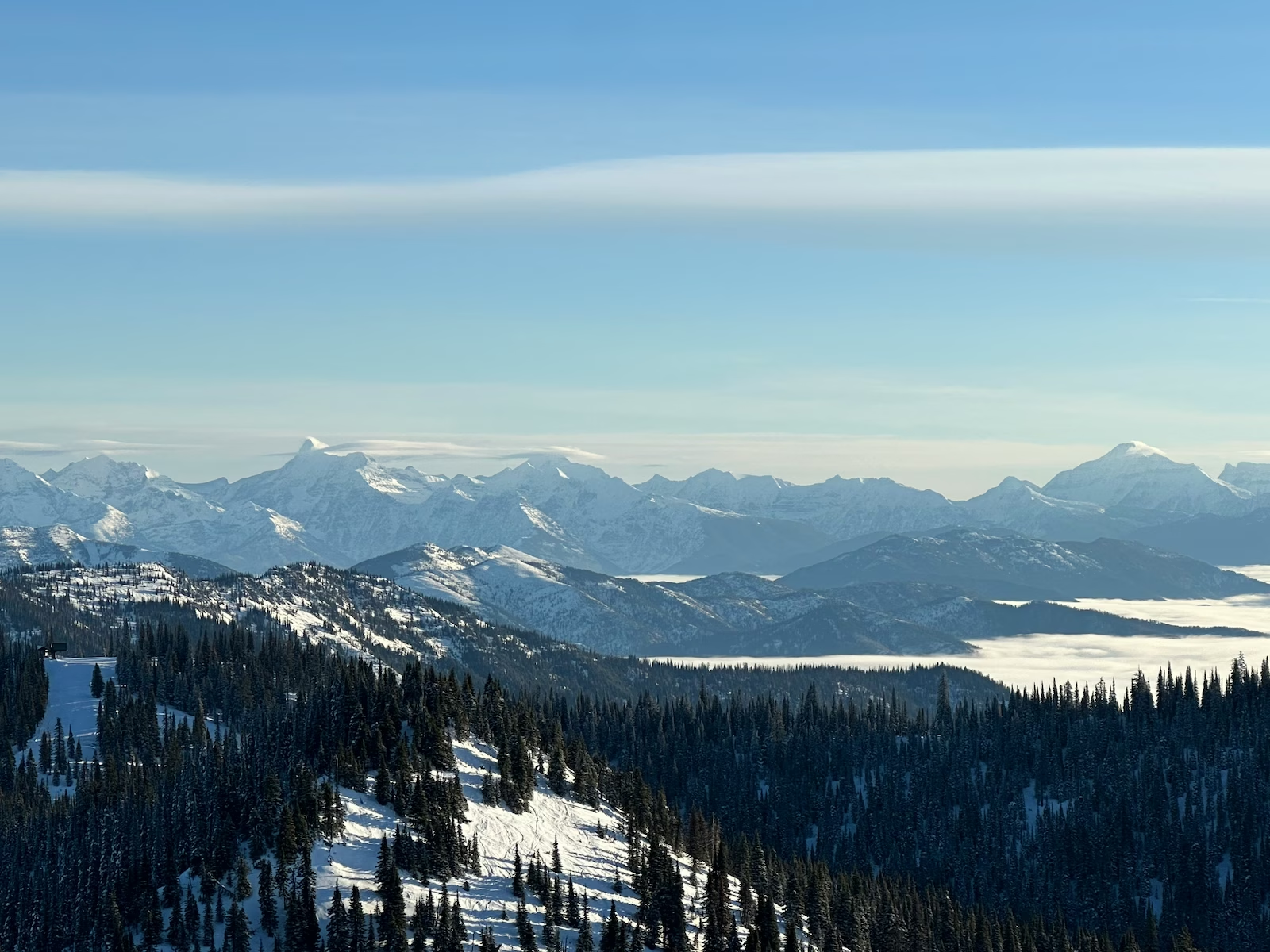
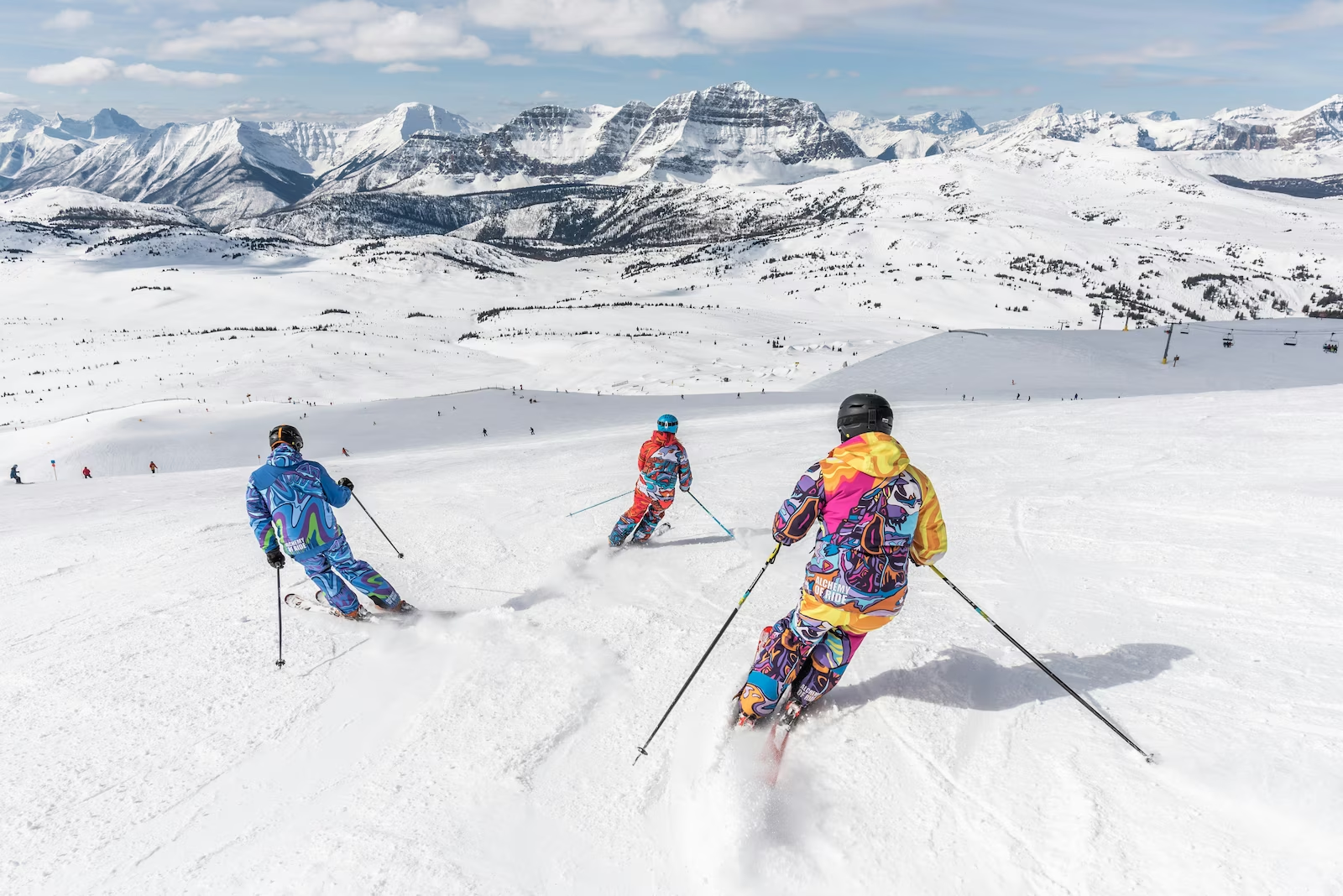

.avif)
.avif)

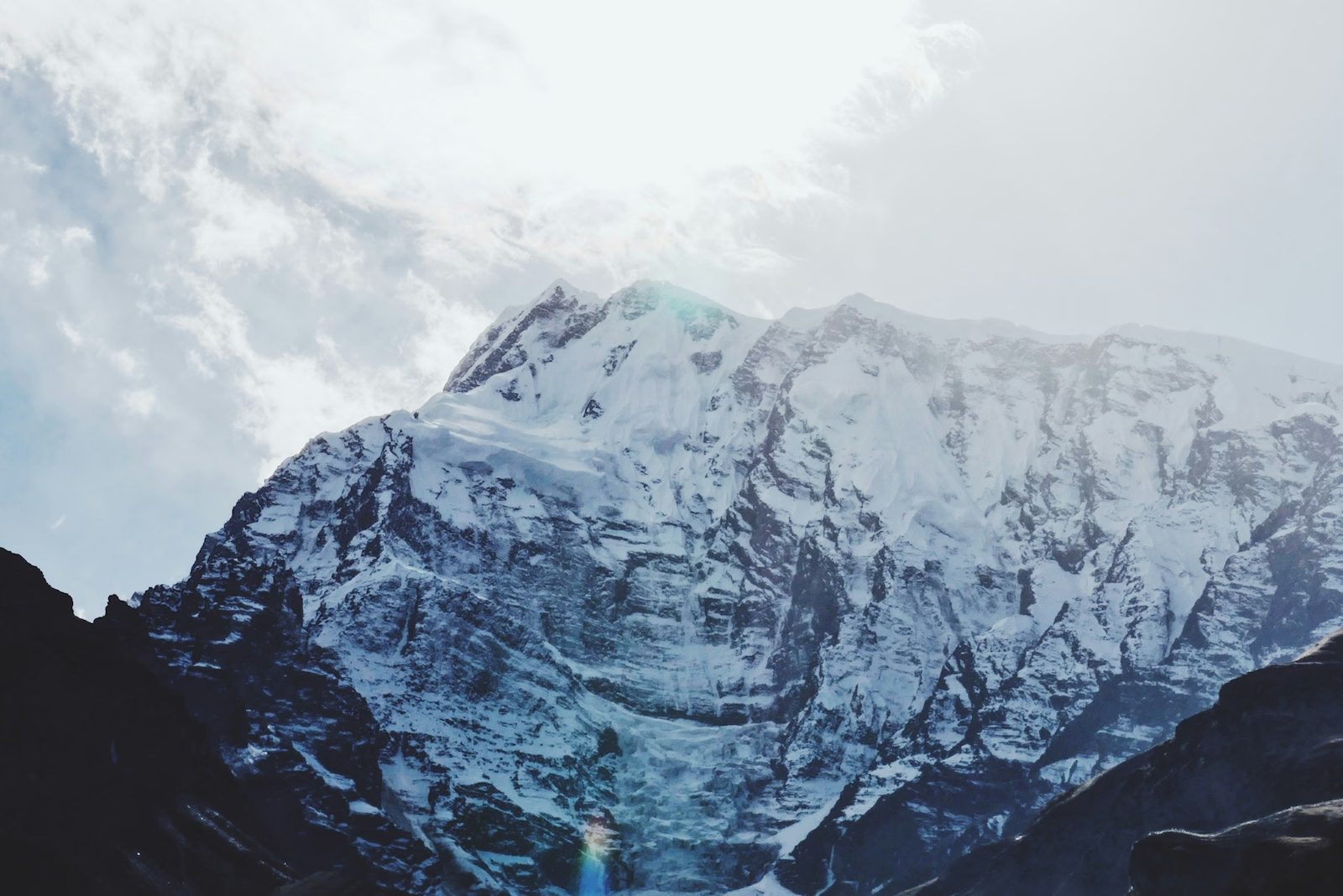
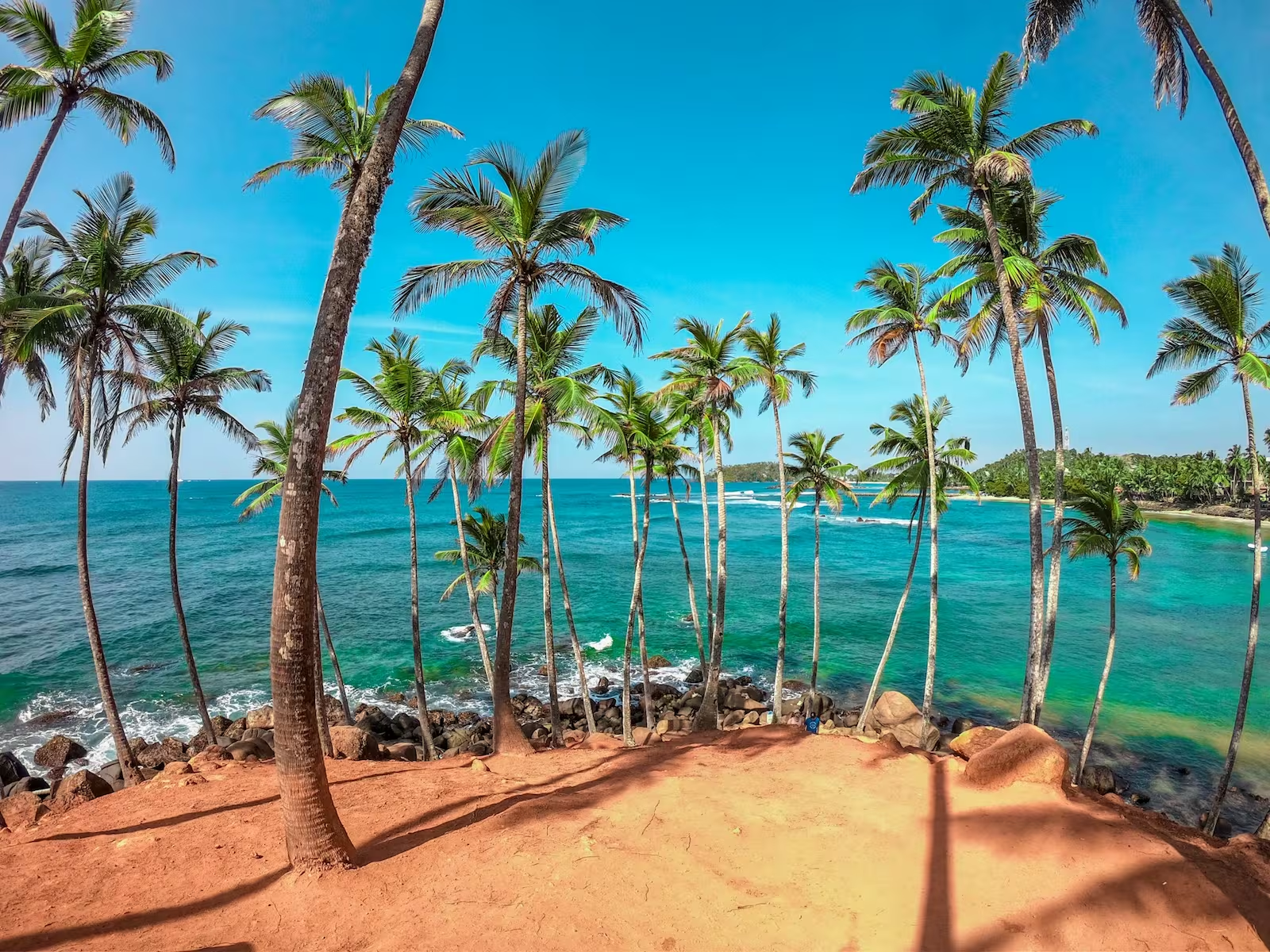

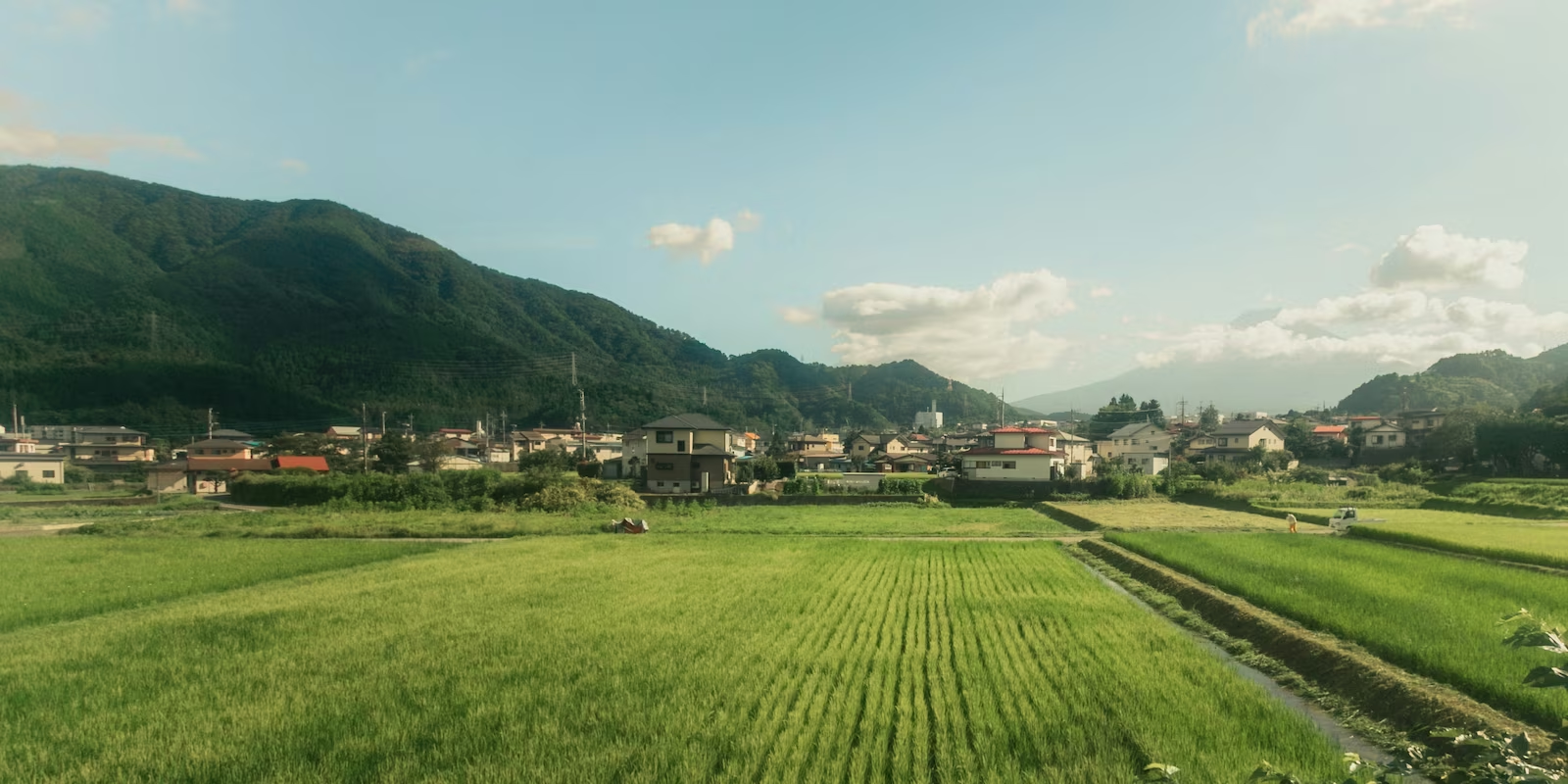
.jpg)